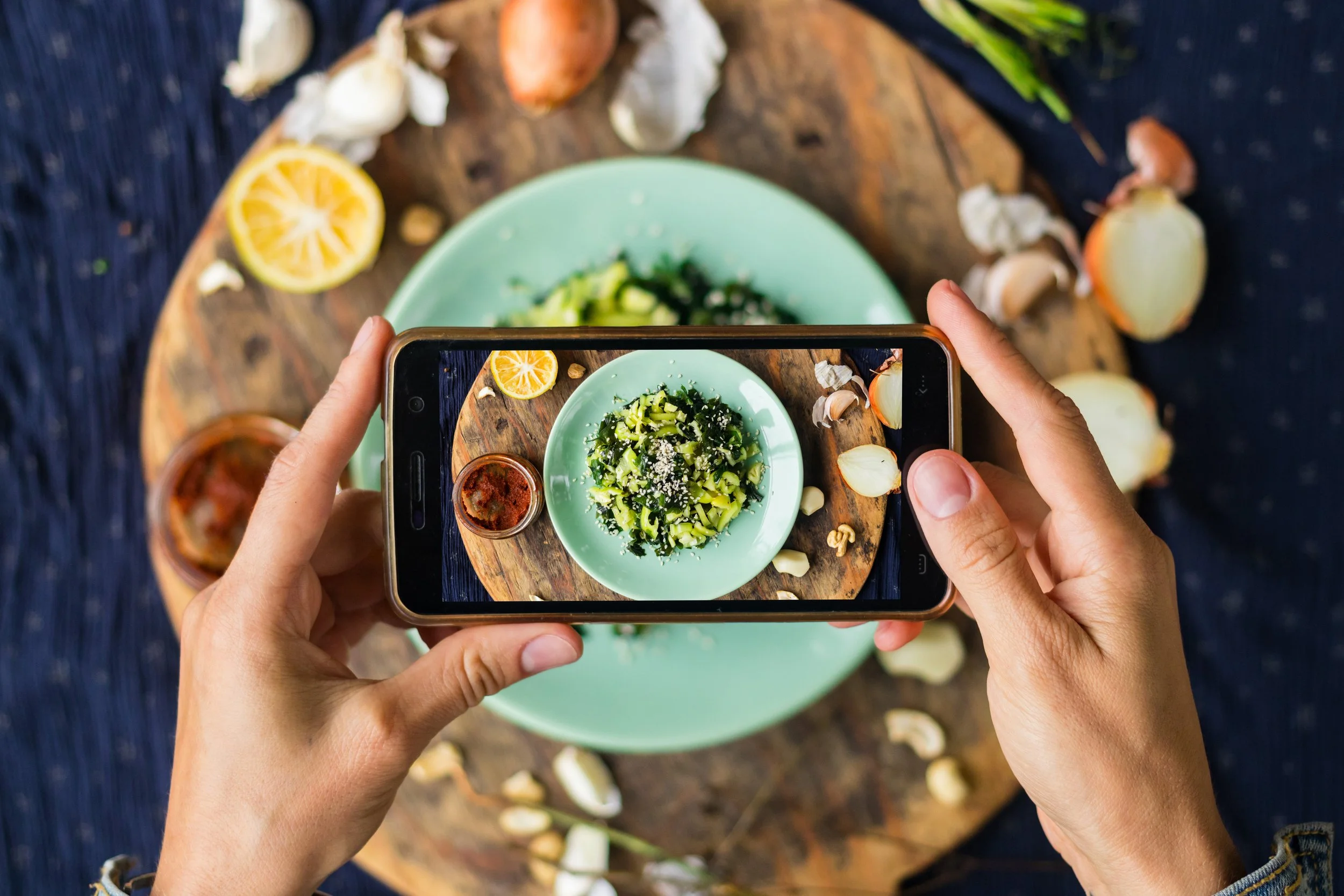Photography for your website: why it matters
High quality photography is an essential part of your website content. Don’t let bad photography let you down.
Photography can truly elevate a website. It can also be the downfall of an otherwise perfectly good site. Your content may be informative, engaging, and persuasive but it’s not just words that communicate to your potential customers. Websites are a visual medium, and what can really set one site apart from another is beautiful photography. Yes, beautiful, because even if you’re selling dog biscuits online these days, you want those doggy treats to exude such a wholesome, baked-with-love deliciousness that the pet owner secretly wants them for himself, convincing him that they are actually good enough for his beloved pooch. Think It doesn’t matter what they look like… they’re just dog biscuits? Maybe it’s more important than you realize. You can use photography to take your website to the next level.
Photography plays an extremely significant role in making your website visually interesting. The time we spend looking at websites is not for information alone. If we’re honest, to a large extent, we may be skimming the text while taking in the visuals! Your website is the digital front door of your business. Is that front door going to be appealing enough to make people want to step inside and stay a while, or is it going to give a poor first impression that doesn’t support your brand the way it should? Your brand is more than just your logo. It’s your company’s essence… the value that you’re offering to your customer and how you want them to feel about your business / product / service. Your website photography needs to be on brand.
High quality photography has very noticeably become essential in the real estate industry. It used to be that a house-hunter’s first impression of a property was a tiny exterior photo in the local newspaper. And if the house itself happened to be half hidden behind a big tree, oh well! Expectations of real estate photography were super low in the past. Things are so different now! The more gorgeous photos (and videos) of a staged-to-look-amazing property, the more a buyer’s interest will be peaked and the more money they may be willing to part with to obtain it.
It’s the same across the board, whether your business is food, hospitality, retail or professional services such as wellness. Photos communicate volumes and entice people to remain on your site longer. We have probably all fallen down a rabbit hole, losing track of time when scrolling through stunning images of interior design, clothing, food or dream holiday locations. People research goods, services and experiences online. They compare you with your competition, and part of what makes your business stand apart is a stunning website that includes compelling photography. How can you harness the power of good photography to make your website look great? Here are some tips to point you in the right direction.
My top six website photography tips
Copyright is a thing.
My number one tip: be aware that all photos are protected by copyright law. This is really simple… photos that you see on the internet are not yours to use, even though it may be really easy and tempting to do so. Never ‘borrow’ somebody else’s photos for use on your site. It’s not only bad form… it can be a costly mistake because you are very likely to be caught, and if so, you may be required to not only remove the photo, but to pay a fee for having used it without authorization. Make sure that all of the photos on your website are either photos you have taken yourself, photos you’ve hired a pro to take for you, or photos that you have permission to use. Using stock photography is absolutely fine as long as you’ve paid the image usage fee and you use the photo according to the photo collection’s licensing agreement. There are also websites such as https://unsplash.com/ that offer freely usable images with the photographers’ blessing.Hire a pro.
If you have a budget to hire a professional photographer, I beg of you, please do it! It will make a world of difference. Booking a photography session might not cost as much as you imagine. Also, you’re investing in your website, so look at hiring a pro as part of that investment. It will pay off by making your site look fabulous. For example, if you are including a head shot of yourself on your website, a portrait done by a pro is head and shoulders (pun intended) above that photo your spouse took of you with a margarita in your hand on your last vacation. As a website developer, I keep an eye open for skilled photographers in my area and I’m always happy to make recommendations to my clients.Lighting, lighting, lighting.
If you are taking your own photos, it’s all about the lighting. Do not take photos of your products in your basement under florescent lights because never, in a million years, are those photos going to turn out well. Natural light is best, so if you can take your photos outdoors or in a room with plenty of natural light coming in, chances of success are greatly increased. Experiment with natural light… full-on, brilliant sunshine can be too much of a good thing in that it can wash out the details in a photo. Natural light that is too low – maybe it’s a really dull, rainy day or you’re outdoors in deep shade – will result in photos that are too dark. You want natural light that is somewhere in between in terms of its brightness. Oh, and never (ever, ever, ever) use a flash because the results are guaranteed to be hideous. If natural light is not an option for you, consider purchasing a ring light or other type of photographic lighting that will take your photos up a notch or ten.Keep it simple.
Clear the clutter. Make sure there are few things in your photo other than your subject. Less is definitely more in photography for websites, especially when you consider that your site is more likely to be viewed on a small device like a smart phone than on a large monitor. Don’t let the subject of your photograph get lost in a sea of too many distracting elements.Get High. Resolution.
Resolution is essentially the quality of your photo, meaning the higher the resolution, the higher the quality. In your own photography, assuming you’re using a digital device of some kind, make sure that you change your settings to the highest resolution possible. Even though the majority of websites are increasingly viewed on phones, your photos still need to have high enough resolution to be viewed on larger screens. A low-resolution photo that is scaled up will look fuzzy or pixellated… things you want to avoid by using only high-resolution shots.Orientation.
In general, I recommend landscape (horizontal) orientation for photos intended for websites. Portrait (vertical) photos can work in some cases, but for the most part, landscape photos are better suited to website design. Photos with square proportions are also good, especially for photo galleries on your website.
Having seen it all (the good, the bad, and the truly tragic) in terms of the quality of photographic content clients have provided to me for their websites, I can truly say that it’s very hard, if not impossible, to design a stand-out site with poor photography. I cannot overstate the importance of well thought-out, beautiful images for your website, yet it’s one of the things that clients overlook or undervalue. Yes, you may have to up your photography budget or your own photographic skills, but consider the cost to your business of using photography that doesn’t reflect the amazing product or service that you provide.

